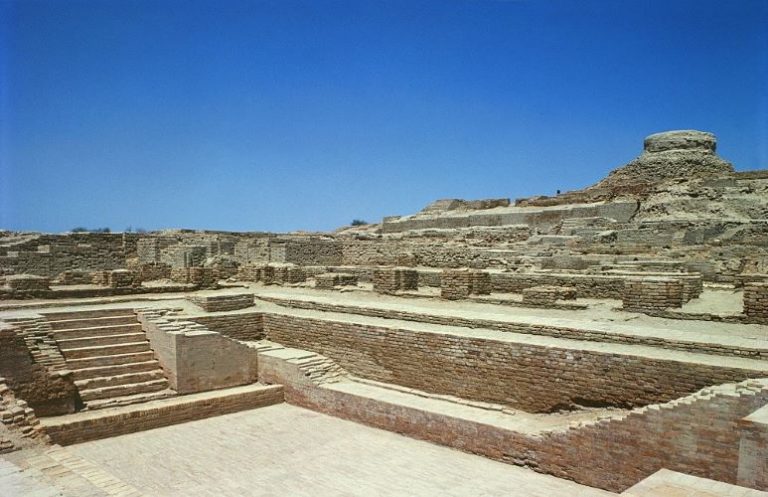
A piece of fiction that narrates the story of archaeologist Sir John Marshall’s grandson Peter, who traveled a long way from London and breathed his last in Karachi before visiting Mohenjo-Daro, the site of Great Indus Civilization
By Dr. Mushtaq Soomro
On one cool evening in London, barrister Mazhar Kazi received a phone call from Dr. Imdad Ali, his close friend and old classmate, now working as a psychiatrist in a prestigious London hospital. He asked him if he remembered Mr. Peter Marshall.
“Yes he was my senior, but I know him, I heard him in a few symposiums. A really smart guy.”
“That’s fine, I am going to meet with him today evening, if you are free we can go together”, said Dr. Imdad Ali.
On that evening, Kazi and Dr. Ali went to a large rehabilitation center, which was meant for recovering patients of drug addiction, a short drive from London.
Kazi became remorseful when he saw Peter Marshall; he had become a thin, lean, rather emaciated person without any glow in his face. Kazi recognized that same glowing Peter coming out every time during a conversation when any law-related matter came under discussion during the informal chat as he was brilliant with his professional and academic knowledge.
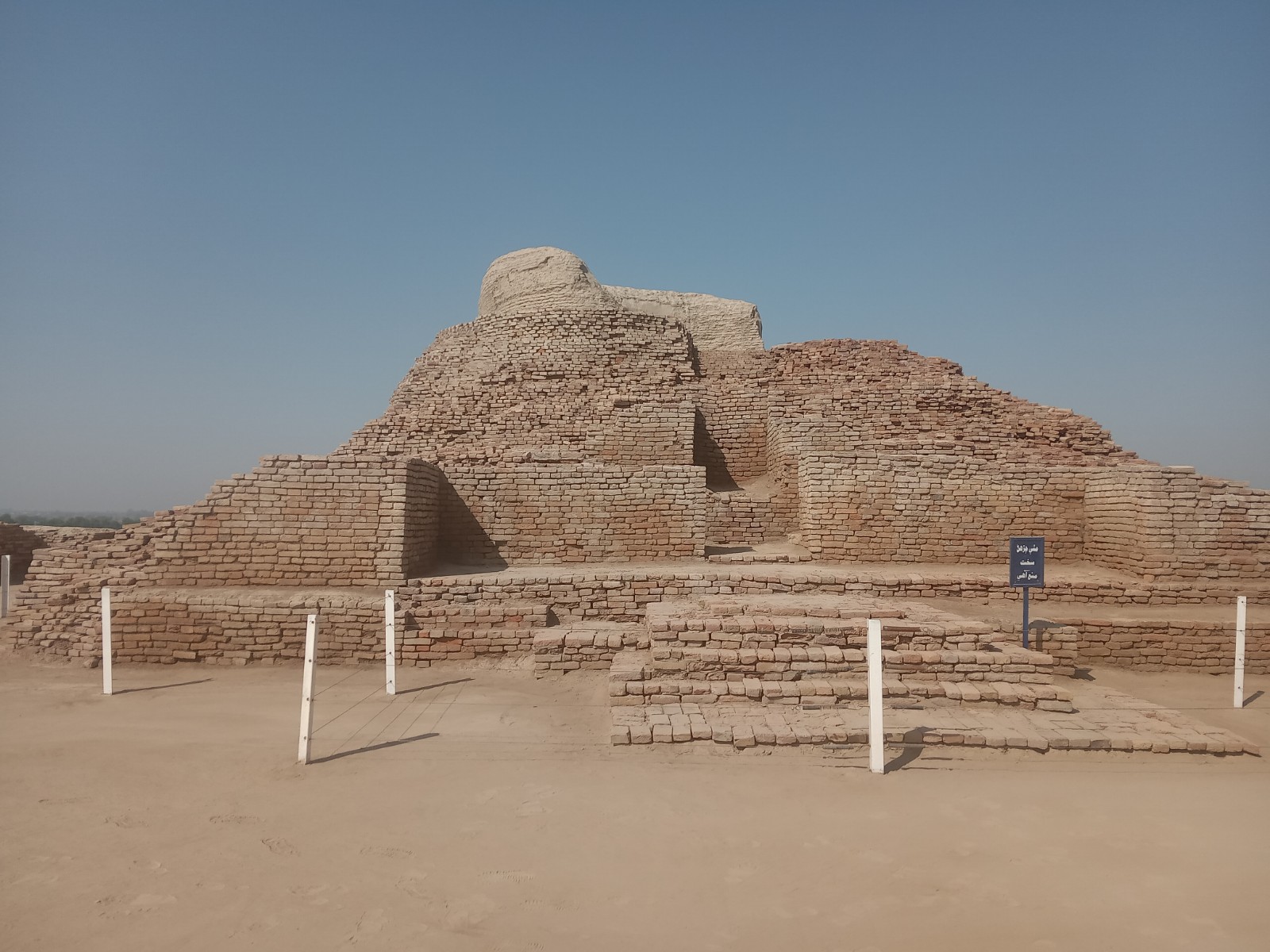 All of the talk was random without any prior agenda as the period between recovery and actual departure back home was meant to keep the patient as relaxed as possible so that they could cope with the realities of life in new spirits.
All of the talk was random without any prior agenda as the period between recovery and actual departure back home was meant to keep the patient as relaxed as possible so that they could cope with the realities of life in new spirits.
Since the meeting, a couple of more months passed before Peter was allowed to go home from the rehab center. He had lost several precious things like his lucrative law practice and very pleasant professional colleagues but his most precious loss was Margaret, his beloved wife. She deserted him after filing for divorce. When Peter came out of the hospital, he had a huge debt under his name.
His divorce from Margaret was quite shocking. It was not clear if his drug addiction was the cause or the effect of his strained relations with his lovely wife. It is likely both were intermingled with each other.
Margaret was his lifetime love and Peter adored her a lot. By profession she was an executive in a marketing firm; the boss of 200 employees in a huge building. Differences were creeping up between them when she was shining in her career; feeling proud all the time and Peter started the habit of LSD use and seemed to be indifferent to his law practice. Margaret gently tried to explore the reason behind his odd behavior, but Peter surprised her as he alleged she was conspiring to kill him.
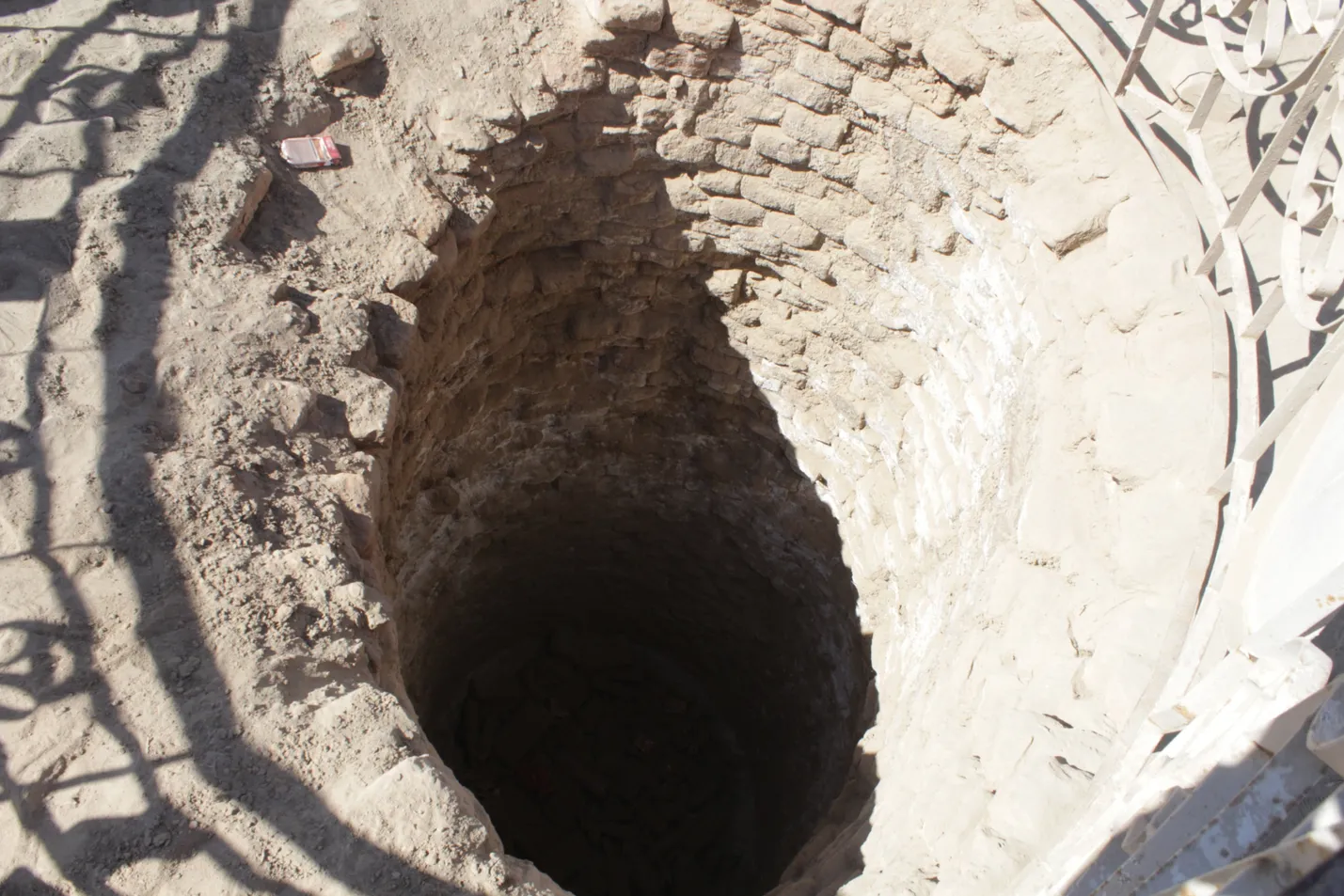
Credit: Tauseef Razi Malick pen gallery view
Every day, Peter was sucked into the quagmire of drug addiction, became hypertensive, and lost control of himself. Margaret used to become very worried when he was alone and was reminding him to take care of himself but he hated her company; living in various temporary places sans home.
She came to know from her sources that he was using increasing amounts of LSD day by day. Margaret was fed up with convincing him to go to seek medical advice.
One sad evening Margaret got an unfortunate phone call as somebody informed her that Peter was involved in a road traffic accident on the motorway in which he slammed his car into a trailer and got multiple fractures, and was rushed to hospital.
Peter was semiconscious and sedated and had to go through several operations during the coming days. The head of the panel of expert medics and surgeons told her that his drug addiction was hindering his normal recovery.
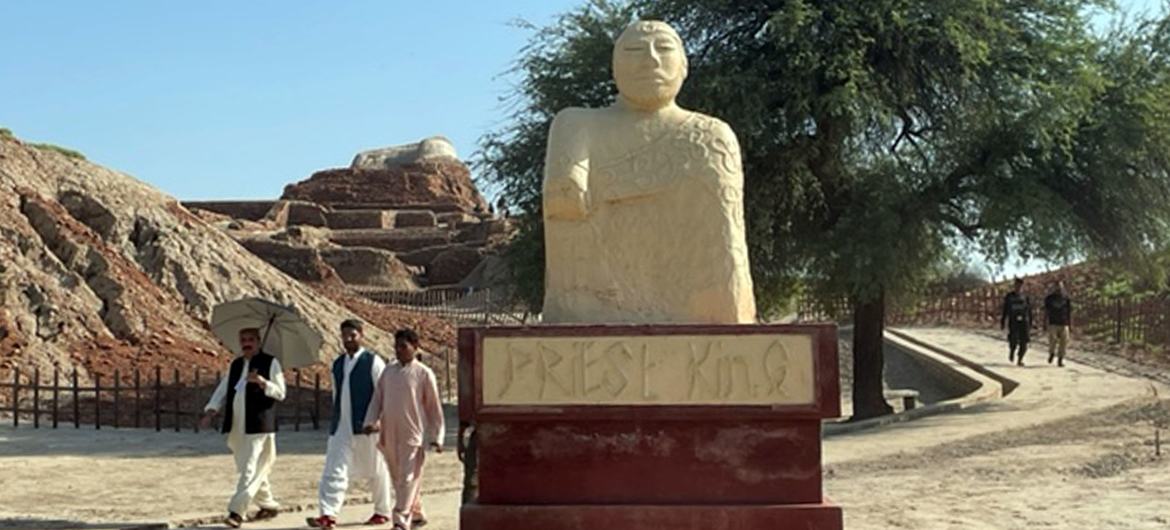
When he became a bit settled, the first thing he did was to instruct the hospital to forbid his wife to meet him or phone him. That last straw broke the camel’s back and the divorce papers were processed quickly.
Peter got treatment for his injuries for several weeks then got prolonged management for his drug addiction issue. Despite broken relations, Margaret offered Peter to pay his hospital bills but he declined the offer.
After recovery, he changed himself drastically, rather he rediscovered himself; all of his hobbies and passions changed, and he started to take a deep interest in history, anthropology and archaeology.
He started to spend more and more time in his grandfather, Sir John Marshall’s library, studying his old diaries. He was an extraordinary figure; an archaeologist by profession who discovered two famous cities of Indus-Valley Civilization – Harappa and Mohenjo-Daro in 1920–21, both towns around 5000 years old.
Exploring these ancient sites, which were unknown to anybody prior to that was not an easy task. One colleague and friend of John Marshall had to sacrifice his life during the process of exploration of the sites. He was murdered in far-flung hilly terrain by barbaric bandits as they assumed that he must possess enormous wealth as he was exploring hidden treasures in the land.
Peter was moved by reading his diary in which he wrote an obituary for Mr. N. G. Majumdar in very respectable words. Majumdar was his worthy colleague, a hardworking and dedicated fellow who was the main figure in discovering sixty-two archaeological sites in the Indus Valley.
Peter started to read archaeology as a subject and did his masters, wrote several research papers, and was very excited that his friends Dr. Ali and Mazhar Kazi were natives of the land of Indus Valley Civilization.
He used to ask both friends about Mohenjo-Daro, about how the city looked and was eager to visit it as soon as possible.
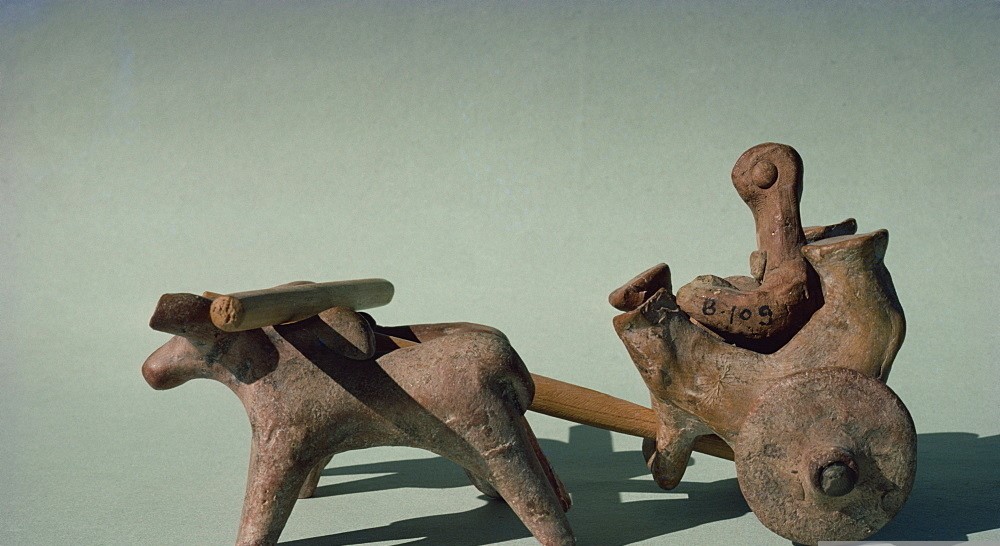 Peter changed his occupation and became a faculty member of the Archaeology department at the University of London, where he excelled by understanding the subject and explaining it in simple terms so that a person of any background could enjoy the rather dry subject of archaeology.
Peter changed his occupation and became a faculty member of the Archaeology department at the University of London, where he excelled by understanding the subject and explaining it in simple terms so that a person of any background could enjoy the rather dry subject of archaeology.
Meanwhile, UNESCO (United Nations Educational Scientific and Cultural Organization) arranged a conference on Indus Valley Civilization in London; in fact, Peter was the main person behind the arrangement of this conference and the main speaker of the occasion.
Various experts in the field shed light on the different aspects of the Indus Valley Civilization. The audience appreciated their deep understanding of all available details about Mohenjo-Daro and Harappa – each city had a population of 35,000 and 25,000 respectively.
Indus Valley Civilization was at least 4500 years old, having about 1,500 locations discovered so far, scattered in the triangle-shaped area of about 1.2 million kilometers (Equivalent to 75 thousand square miles). Some of its towns and cities are located in India but two main cities are located in Pakistan among which Mohenjo-Daro is quite an amazing example.
“These people were not warriors or barbarians who practice violence and enslaved their fellow humans but they were artisans, engineers, and very good town planners.” A sentence from the speech of Peter Marshall.
The whole conference was exciting and informative for history lovers and archaeology professionals. Archaeology and anthropology students of London universities were especially interested in the artefacts they saw in the British Museum and asked questions from the speakers they particularly admired. English newspapers gave nice coverage of the proceedings of the event.
“These people were not warriors or barbarians who practice violence and enslaved their fellow humans but they were artisans, engineers, and very good town planners.” A sentence from the speech of Peter Marshall.
“Occupation-wise, these people were traders but able to do farming of wheat, barley, cotton, peas, dates, sesame and mustard for oil and they had vocational skills to manufacture cotton and woolen textiles. “They were probably the first bunch of people who were able to construct multi-story houses.
As time passes, new sites of Indus Valley Civilization are appearing, Peter Marshall mentioned that his archaeologist friends in the Indian state of Gujrat, Mr. Gadvi and Prof. Joshi were busy unearthing the Dholavira site, which is only 50 kilometers away from the Pakistan border.
In the Dholavira area seals with shapes of animals, beads and metal objects have been discovered. The size and shape of the bricks are the same as those used in houses in Mohenjo-Daro and Harappa. He demanded UNESCO to allocate more funds to excavate the site of Dholavira.
In the end, Peter Marshall took the podium and impressed everyone with his sleek style to explain his deep understanding and sound knowledge of the Indus Valley Civilization.
Very few people in the audience, including Mazhar Kazi and Imdad Ali, knew that Peter took inspiration from the life and work of his late grandfather, Sir John Marshall, who discovered Mohenjo-Daro, played a major role in its excavation, which later became one of the main world heritage sites in Pakistan.
“A meticulously planned street layout and an intricate drainage system indicate that the residents of Mohenjo-Daro were skilled urban planners with an attention to detail on the control of water.”
“The city of Mohenjo-Daro lacks any remains of impressive palaces, temples or monuments. There is no obvious central seat of government or evidence of a king or queen “
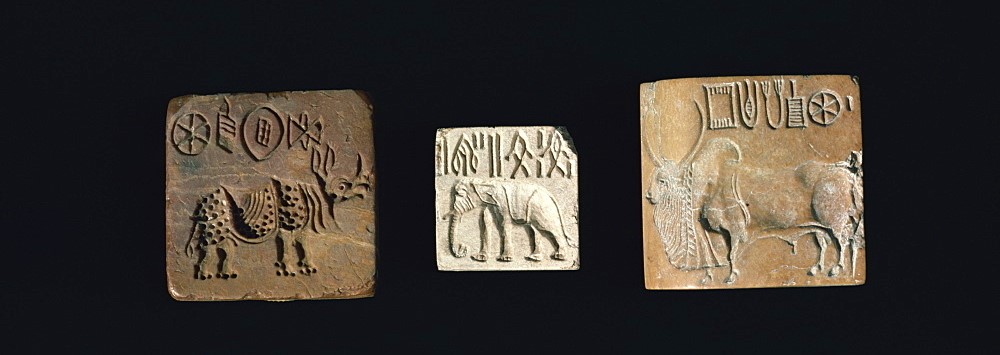 “4500 years before there was no king or queen” – one headline from the magazine section of a London daily.
“4500 years before there was no king or queen” – one headline from the magazine section of a London daily.
Barrister Kazi was invited by then Pakistan Prime Minister Mr. Zulifkar Ali Bhutto to work with his team as press and media advisor. So Kazi closed his law chamber in London and went to pursue a political career in Pakistan.
Soon it was decided to organize an international conference on Indus Valley’s history culture and archaeology, given the name ‘Sind through the Centuries’.
Experts in Sind affairs from all over the world were sponsored to come personally and speak on stage and present their research papers in a 3-day event held in Karachi.
Mazhar Kazi personally invited Peter Marshall and Dr. Ali to attend the conference and it was a nice coincidence that Mr. Bhutto’s ancestral home abode was less than a one-hour car journey from Mohenjo-Daro.
Peter finalized a research paper to be read as part of the work he was doing on the subject for the last three years in The University of London.
Mr. Bhutto took a personal interest in all the arrangements of the mega event, being one of its kind in the history of Pakistan and Mazhar Kazi was his main aide to look after these preparations.
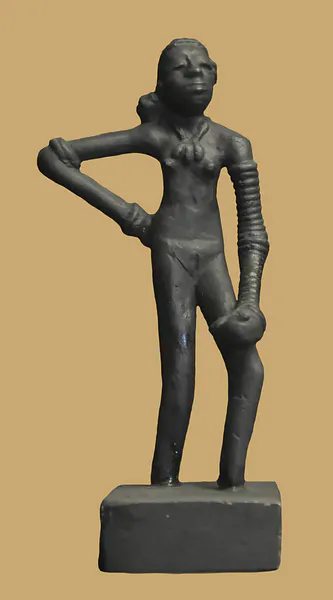
It was also decided that a gala dinner and live concert of folk music would be organized at the site of Mohenjo-Daro. It was a pleasant surprise to Mr. Bhutto that Peter Marshall was a trainee at the same Lincoln Inn in London in which Mr. Bhutto got trained, as was Mr. Kazi.
One day before the event, Mazhar Kazi himself collected the delegates at Karachi International Airport including Peter Marshall and Dr. Imdad Ali, both were driven to the five-star hotel in the city where the conference would be held.
The next day, Prime Minister Zulfikar Ali Bhutto inaugurated the international event, first of its kind covered by national and international media.
He warmly welcomed all the exalted scholars who brought their brilliant pieces of research work to highlight the Indus Valley Civilization, especially Mohenjo-Daro, he welcomed Peter Marshall being an ex-student of Lincolns Inn, a famous seat of learning for barristers in the heart of London. He eulogized the services of Peter’s granddad Sir John Marshall by discovering Mohenjo-Daro located in the county of Larkana, home town of Mr. Bhutto himself.
After the prime minister’s speech, the Vice Chancellor of the University Of Sindh came on stage, announced the award of an honorary doctorate to Sir John Marshall, and requested the Chancellor of the University to posthumously award him, being received by his grandson, Peter Marshall.
Very sad part of first ever mega event on the Indus Valley Civilization and Culture. Peter could not see with his own eyes the world heritage site, which was given years of labor by him and his family
This announcement brought loud applause and in the noise of clapping Peter Marshall proceeded towards the stage but several people, particularly Dr. Ali, noticed that his gait was wobbly and fidgety. Somehow, he collected his courage and reached the podium, until everybody saw he collapsed; several people along with Dr. Ali rushed to help him.
Found to be drenched in sweat and in a semiconscious state as he suffered a massive heart attack, he was soon transferred to the cardiac intensive unit in the ambulance, which was part of the prime minister’s escort fleet.
The cardiac unit was only 12 minutes away and paramedics were giving him resuscitative support. Dr. Ali was beside him in the ambulance assisting paramedics throughout but after arriving, he was lifeless, and pronounced dead.
Very sad part of first ever mega event on the Indus Valley Civilization and Culture. Peter could not see with his own eyes the world heritage site, which was given years of labor by him and his family. Dr. Imdad Ali could remember only these slurred words of Peter,” Margaret where are you … I love you.”
_____________
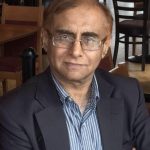 Dr. Mushtaq Soomro, hailing from Sindh, Pakistan, is a UK-based medical doctor and freelance writer of Sindhi, Urdu and English languages. His works were published in various dailies including Hilal e Pakistan, Jang, Dawn, Daily Times, The Frontier Post, Kawish and Ibrat. His short story was published in Ibrat magazine. This is his first short story in English. He can be accessed at e-mail: mushtaqsoomro@gmail.com
Dr. Mushtaq Soomro, hailing from Sindh, Pakistan, is a UK-based medical doctor and freelance writer of Sindhi, Urdu and English languages. His works were published in various dailies including Hilal e Pakistan, Jang, Dawn, Daily Times, The Frontier Post, Kawish and Ibrat. His short story was published in Ibrat magazine. This is his first short story in English. He can be accessed at e-mail: mushtaqsoomro@gmail.com